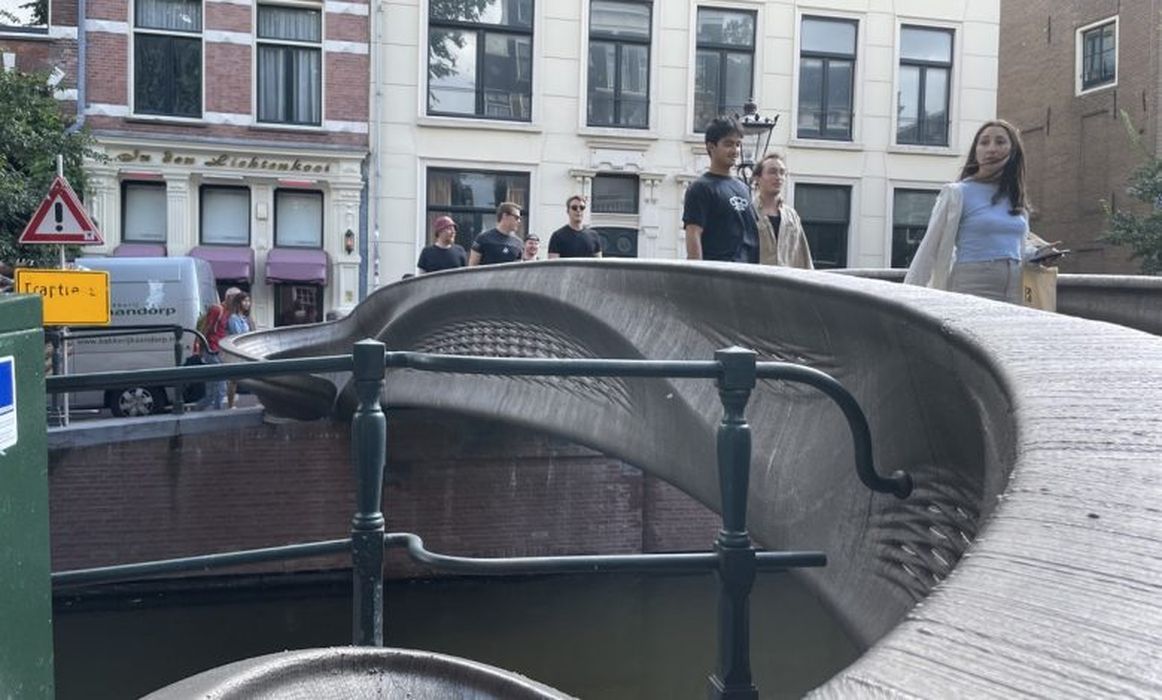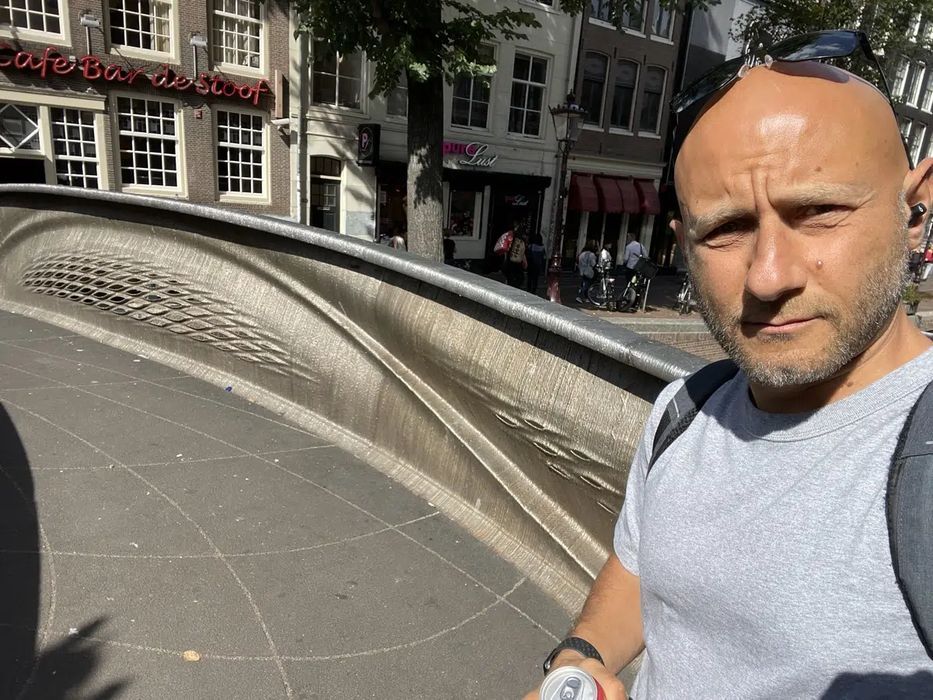
It will be moved from Amsterdam to a new location for continued research on WAAM capabilities.
In the words of MX3D founder Gijs Van Der Velden, “Wow, end of an era!” The MX3D bridge in Amsterdam was removed this week after a two year permit from the City of Amsterdam ended. In 2021 the City gave MX3D a 2-year permit for the MX3D Bridge project, to study 3D printed infrastructure at one of the busiest crossings in the center.
The MX3D bridge is one of the most inspiring, popular and successful in all of 3D printing. It helped many companies around the world visualize and understand what is possible using WAAM technology. It was inaugurated by Queen Máxima of the Netherlands in July 2021, just over 2 years after the metal 3D printing phase was completed

Visitors, including myself in 2022, were able to tour the MX3D Bridge just like any other bridge in the beautiful Dutch city of canals. While the steel 3D bridge experiment may not be repeated MX3D gained and will continue to gain invaluable experience which is now being implemented primarily in the production of large size metal parts for the maritime and arts industries.
MX3D 3D printed the fully functional stainless steel bridge to cross one of the oldest and most famous canals in the center of Amsterdam, the Oudezijds Achterburgwal. The company equipped typical industrial robots with purpose-built tools and develops the software to control them. The unique approach allowed them to 3D print strong, complex and graceful structures out of metal.
In the meantime, the Dutch company has grown significantly and launched the M1 and the upcoming MX commercial 3D printing systems as well as completed numerous commercial applications in the maritime and automotive segments.
The Bridge was designed by Joris Laarman Lab, Arup was the lead structural engineer, ArcelorMittal provided the metallurgical expertise, Autodesk assisted with their knowledge on digital production tools, Heijmans contributed as construction experts, Lenovo supported the project with computational hardware, ABB was the robotics specialist, Air Liquide & Oerlikon contributed with knowledge about welding and lastly, Plymovent protected the air MX3D employees breathed whilst AMS and TU Delft provided invaluable research.
Gemeente Amsterdam was the first customer of the collaborative bridge-building department. Further contributions have been made by FORCE Technology, HBM, Oerlikon, FARO Technologies, STV, Oerlikon Welding, Mous B.V. and Plymovent Group.
Read the rest of this story at VoxelMatters
